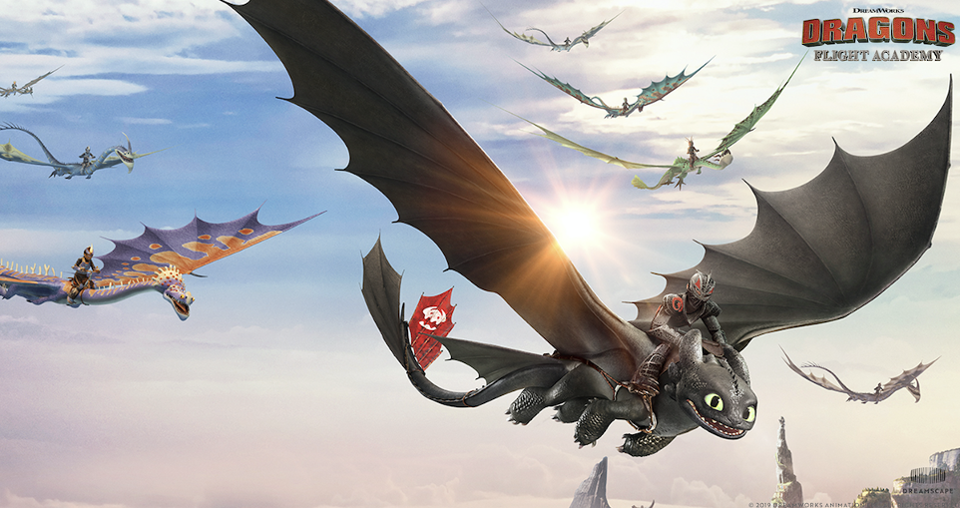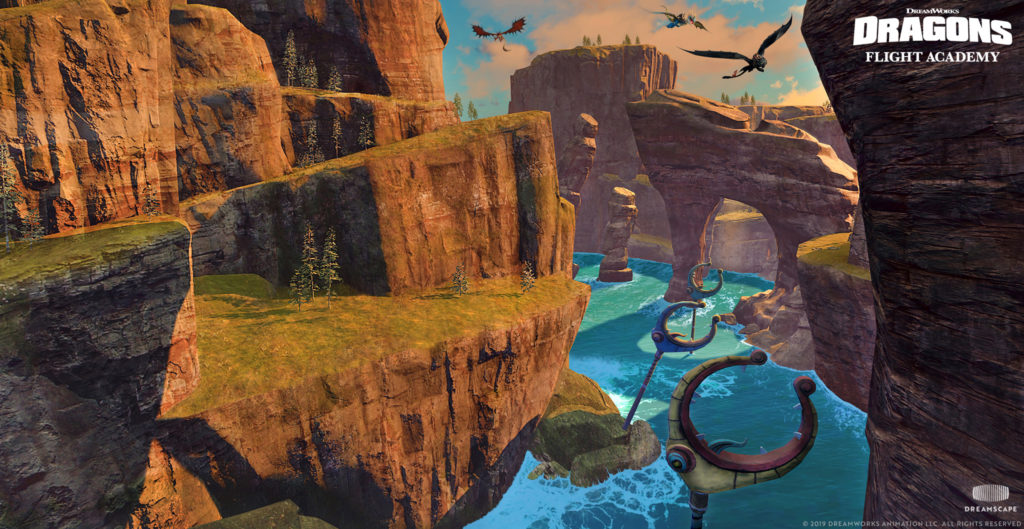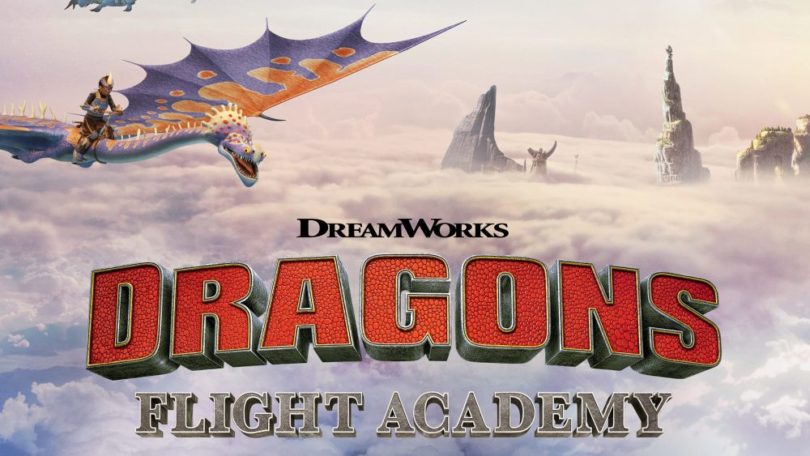Making a hero is a billion-dollar industry, and Dreamscape is putting you in the limelight.
On Friday, December 13, Dreamscape Immersive launched a fourth destination and immersive adventure with “Dreamworks Dragon Flight Academy,” based on the Dreamworks movie “How to Train your Dragon.” With a highly customized technology platform, the narrative introduces fans and guests to a new type of interactive and immersive cinematic experience that plays a central role in growing the consumer adoption of VR.
With sold-out shows this entire month, Dreamscape is an extension of Hollywood, and the fandom that brings in billions of dollars in revenue each year. Over three movies, How to Train your Dragon has brought in $1,629,359,258 in worldwide box offices, with a total budget of $439,000,000. In the VR industry, these budgets and revenues are a far cry, with Dreamscape Immersive bringing in just $1M in estimated revenue each year according to Crunchbase.
So why VR? In each adventure, visitors are given the opportunity to do the impossible and to fulfill the wish of becoming a hero. Unlike in the cinema, they can become a part of the story. With over two years of user feedback, Dreamscape has come up with these key takeaways to make this possible, and to make these experiences unique to VR:
- Dialogue is supplementary
- Have a key moment of interactivity early in the experience
- Manage the use of external characters
- Give audiences a beat to acclimate
- Some hand-holding is necessary – use the environment to do so
- Make the final action collaborative
- Leave the audience with both a thought and a feeling
In the one year of development for this experience, it wasn’t so obvious to begin on the ground before taking to the skies. The audience needed time to look around, to get to know the characters and setting, and to feel comfortable in VR. In other adventures at Dreamscape, such as in “Curse of the Lost Pearl”, redirected walking and haptics bring a sense of scale to an extensive virtual world, and here, flight school proved to be a learning curve for the Dreamscape team.

The “Dreamworks Dragon Flight Academy,” was their first winged experience, and begins with the audience entering a dark and high tech room where eight custom saddle-shaped seats with bicycle-like handlebars, VR headsets, and hand-trackers are surrounded by haptic equipment, fans, water hoses and more for a multi-sensory experience. Guests choose a saddle, hand-trackers, and receive a few IRL instructions for in-flight mechanics.
With VR headsets on, guests arrive in the Berk training barn and flight school kicks-off with a dragon walk through the village. An emergency call interrupts, and it’s time to fly to save the day alongside hero dragon and rider Toothless and Hiccup.
Swerving through canyons, lakes, and ice tunnels while dodging arrows, falling ice crystals and rogue vikings, the experience is smooth sailing. Fans, the occasional water spray across the forearms and haptics breathe life into the virtual world. As the journey comes to a close in less than 10 minutes, the newly fledged dragon rider guests have saved the day.

Dreamscape uses physical objects as a part of the story to make the world feel real. If a dragon sneezes, guests may be sprayed with a watery substance. Fans and haptics are used to add wind and the sensation of motion, and also, to reduce motion sickness. Basic hand-tracking and head-tracking enable guests to wave to fellow adventures with visible directional gaze.
Implementing eye-tracking and AI would build another layer of emotional connection to virtual characters. In this case, dragon movements were all synchronized to happen in line with the story. AI would allow for more sophisticated and organic character and player interactions. When Hollywood blockbuster budgets become available, this and more will become a thing.
During specific parts of the adventure, either more or less agency (the ability to feel present) was employed, with fail-safes built-in for first-time or passive players. At the onset of the experience during the dragon walk and initial flight, it was possible to steer dragons up, down, and side to side within the allocated area.

As the adventure progressed, there was less and less control, and at about the halfway point agency dissolved as it was no longer possible to influence the dragon or actions that took place. With so many first-time VR users, this makes sense, as those who really participate and follow the guide will not be let in on this little secret, and those who are passive audiences will not feel excluded from the adventure.
As Hollywood becomes more aware of the VR industry and as larger budgets grow for R&D, deployment and innovation in storytelling, these experiences that take what we’ve learned from cinema, theater, and gaming will have a healthy dose of competition. Content will become more accessible on larger scales with multiplayer and at-home experiences to continue the adventure anywhere and anytime.
Streaming wars today are putting too much 2D content on the shelf for a ceaseless audience, but with VR, good content will prevail as audiences will only adopt this new medium with high-quality content and satisfying experiences.
Feature Image Credit: Dreamscape, Dreamworks Animation
The post Dreamworks Dragon Flight Academy Shows Promise For Location-Based VR To Reach New Heights appeared first on VRScout.
from VRScout https://ift.tt/34D0iSI
via IFTTT
No comments:
Post a Comment